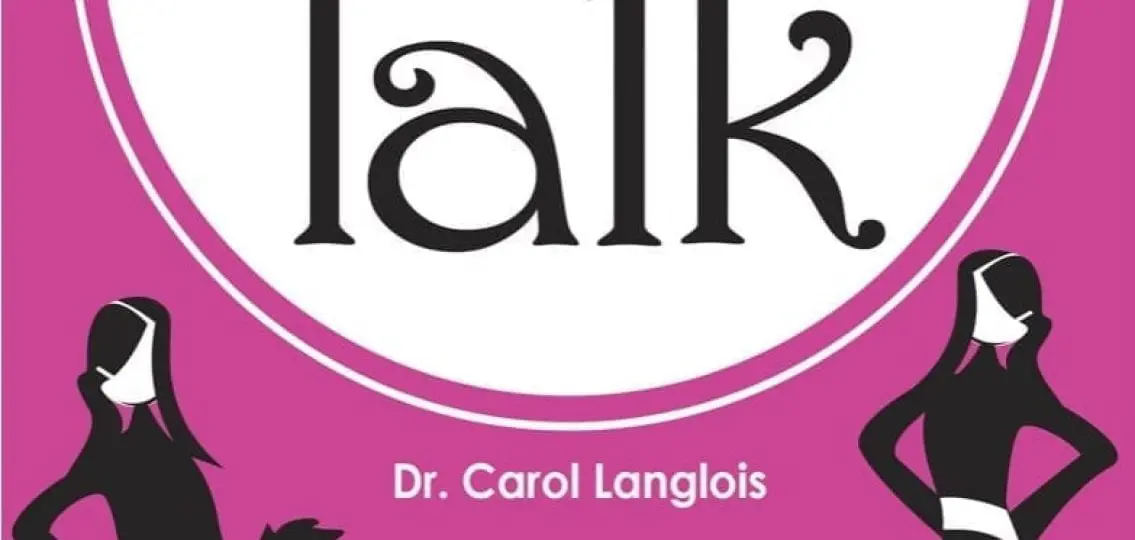Q: Tell us about the approach you took with this book?
Langlois: In total, I interviewed (and taped) about 160 girls from 10 schools in the Bay Area. After sharing my taped interviews with a few other writers and editors, they suggested that sharing (their stories) from a first person perspective would be very powerful. In the end, I chose 10 stories of ten girls who’s challenges with self-esteem were relatable and transcended culture, race, and socio-economics.
Q: What’s going well for girls and self-esteem these days?
Langlois: I would say that their access to and utilization of information is abundant. They can educate themselves on so many topics more easily today. If they want to learn about puberty, smoking, pregnancy, healthy eating, etc.—they can. They know the risks and the pro and cons of most things to make better informed decisions. Many teens today have strong opinions about drugs and alcohol, the environment, or global warming for example because of information from the web. This is incredibly beneficial in helping them make smart choices.
Q: But many are struggling?
Langlois: For the book, I interviewed quite a few girls who were dealing with or had survived through some form of an eating disorder, which I think is worth noting. More abundantly were issues of perfection and anxiety—not necessarily unrelated to eating disorders.
Teens are stressed out more than ever. I call this the “duck syndrome.” Think about the duck who looks very serene, calm, and pleasant floating along a lake. Then, if you look under the water she is paddling frantically. That is the duck syndrome. Too many students on the outside appear calm, cool, and collected while on the inside they are completely stressed out. Its a “fake it ’til you make it” mentality. For many, they want to be the great student, the great athlete, and well-liked by peers. But what price do they pay? Proving you can do it all has transformed into an ugly state of unattainable expectations and extremes, which are unhealthy for teens at any age. I’ve seen this further progress into eating disorders for the perfect body and drug addictions to manage the high pace and stress. This is a recipe for disaster.
Q: Body image? What did you find and how can moms help?
Langlois: Teens do struggle with body image. Photos in magazine are photoshopped, models look perfect with professional make-up, hair, and lighting. It’s hard to compete. Media dictates what “perfection” looks like. Moms can have a direct influence on their daughters’ body image. When a girl grows up hearing her mother commenting negatively about her appearance … you know, when she passes a mirror with “I look terrible!” or “I’m too fat” … or bonding with other female friends through dieting or negative body commentary, girls learn that this is what they’re supposed to do as well.
It can be very hard to know how to change the conversation. One simple way to start is to stop the critical self-talk. Instead, model positive self-acceptance around girls. Eat balanced meals that include dessert; show your daughter that you aren’t “bad” or “good” for eating certain foods, but human. Exercise together as a way to model what a strong, powerful body can do. Show your daughter that you take pleasure in moving — dancing, running, lifting something heavy, and resolving problems. As a mom, you have a tremendous influence on your daughter’s developing body — and mind. It may not be “perfection” that they, or you, see — but it can be normalcy.
Q: What about dads?
Langlois: Dads, the best gift you can give your daughters is the gift of respect. Showing her and her mother respect consistently in your actions and with your words is incredibly powerful and sets the standard for how she feels she should be treated by other men. You have the power to put a healthy pattern in motion that lasts a lifetime. Dads, encourage your daughters at a young age to try new things, cheer them on, allow them to make mistakes. Offer advice when asked, look her in the eyes when talking to her, be patient when teaching new things and lend a supportive shoulder for her to cry on.
Find something that just the two of you can do together. Something that is special and meaningful like working on a project together for a few hours every Sunday. Try cooking dinner together one day a week, hiking, taking a drive to the beach, or playing a game of basketball after dinner. The options are endless. It’s never too late to start this supportive pattern and I guarantee your daughter will look forward to it.
Q: In the book, you describe a technique—RAISE—that can help girls with building self-esteem.
Langlois: Imagine yourself as a 15-year-old girl trying to maneuver the landscape of her everyday life with family, school, friends, work, sports, etc. Without tools, strategies, or resources this is difficult. I designed a technique to help them combat these challenges. I created my system to RAISE (Resilience, Attitude, Independence, Self-Respect, and Empowerment) their self-esteem. Being more conscious of these terms, their meanings and their connection as a whole is critical for forming positive relationships as well as a healthy sense of self. I see RAISE as a toolkit for self-esteem. Once young women can differentiate among these tools and know how to use them, I truly believe they will be on their way to healthier living.




